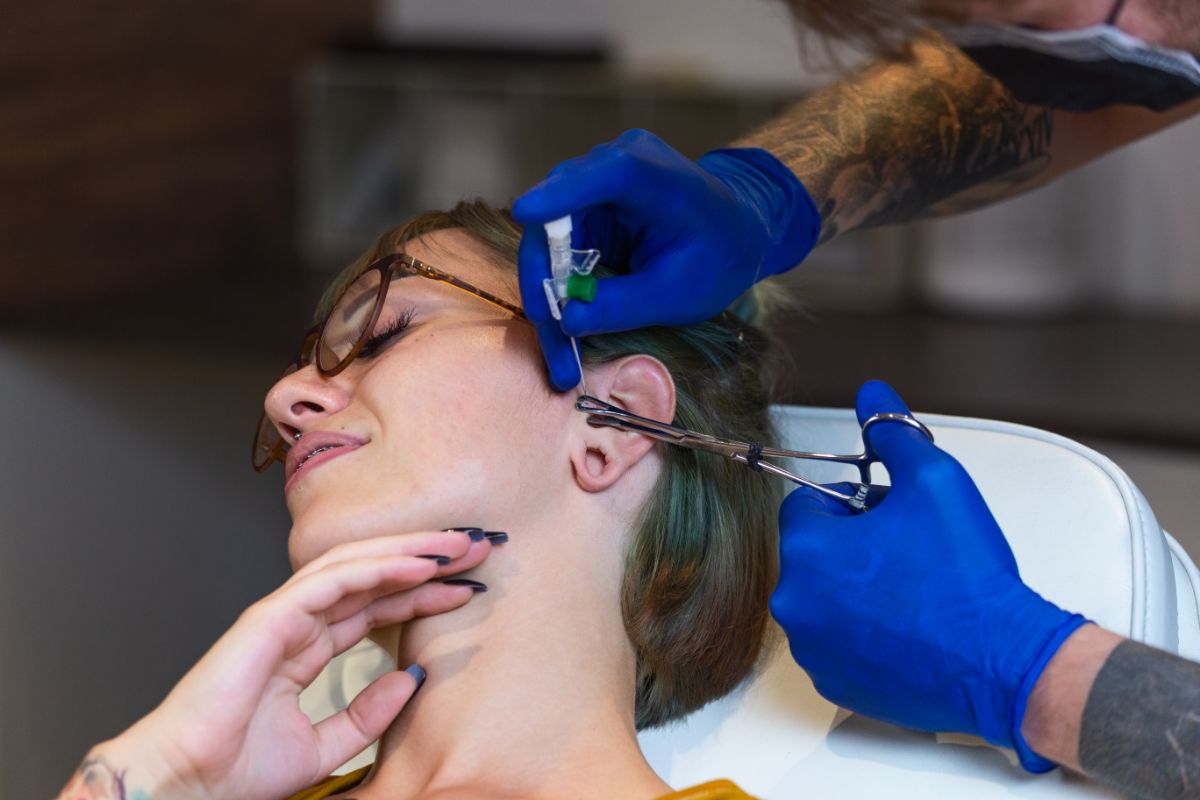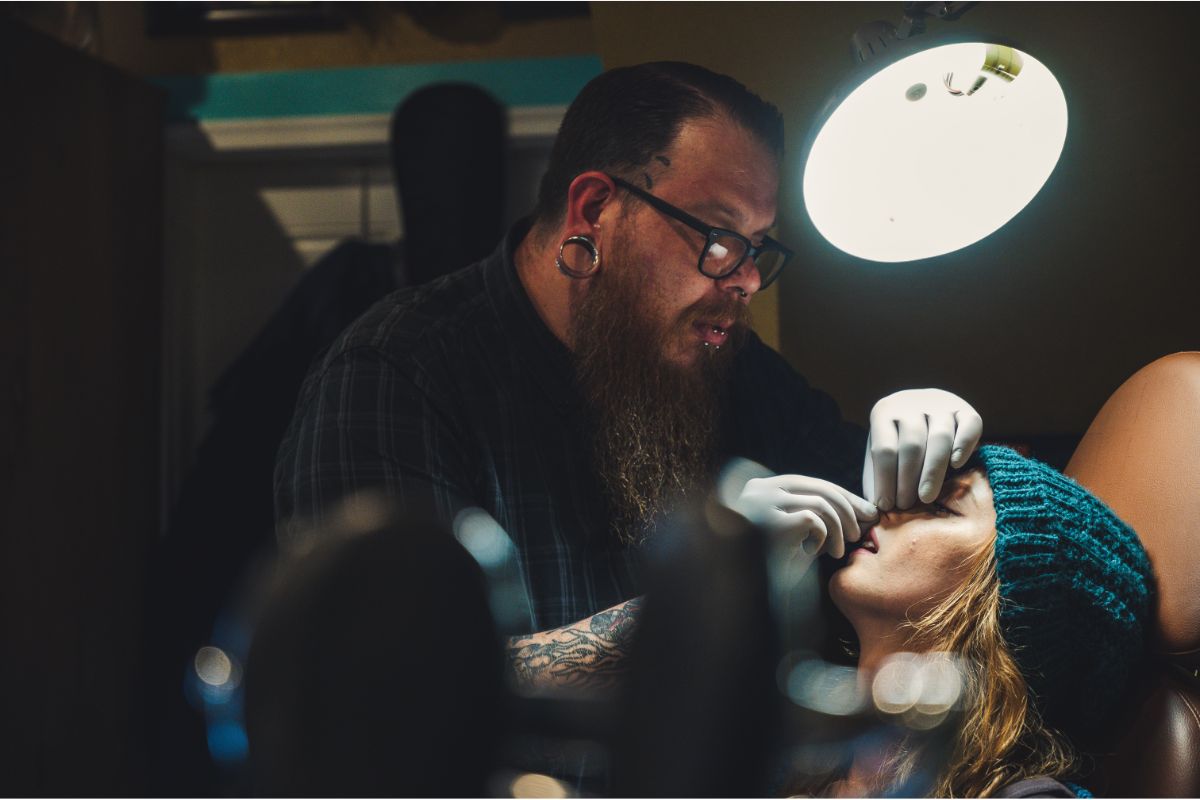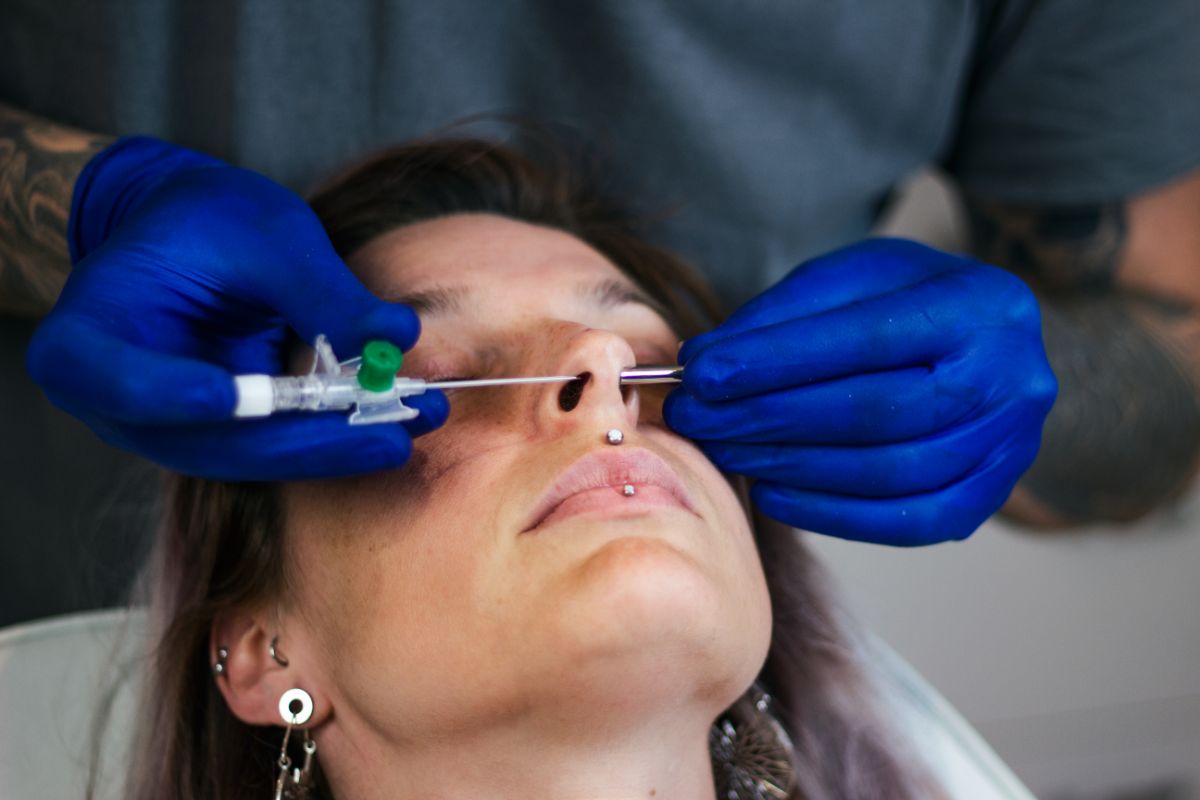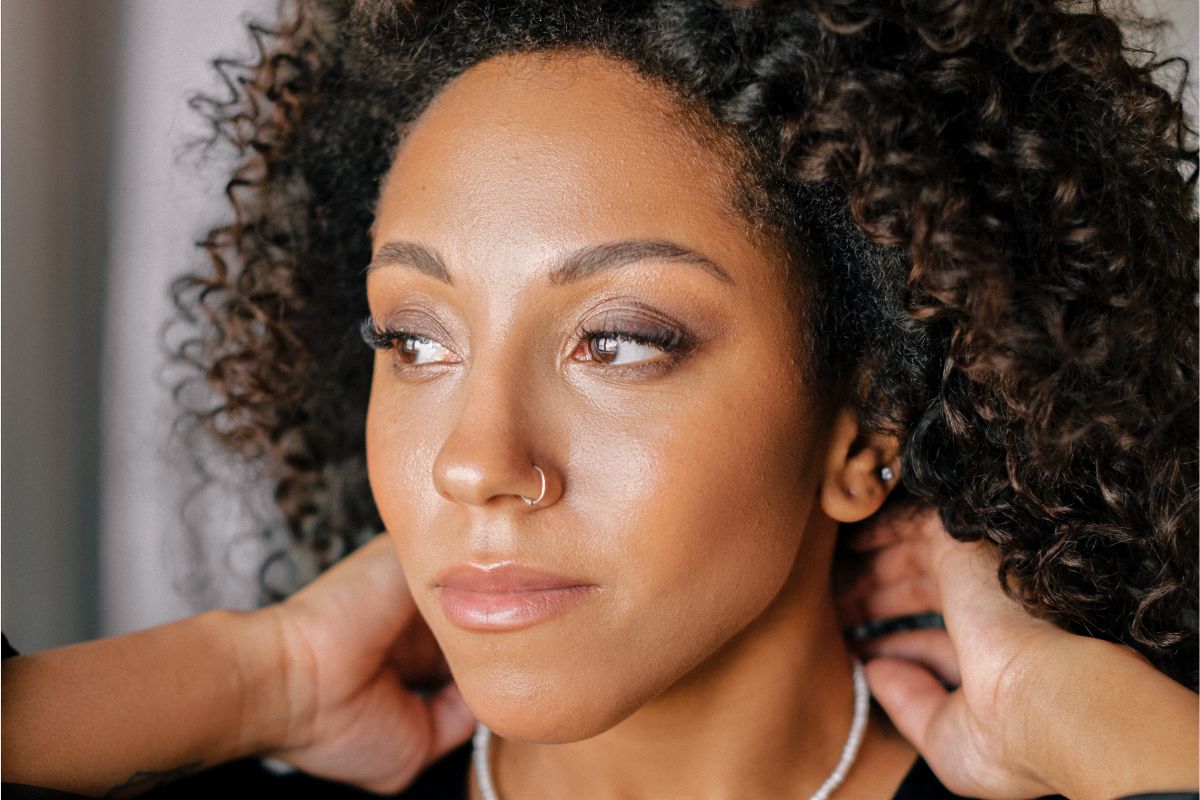Piercing has been a human tradition for almost as long as humans have been around, it seems.
Whether it’s for ceremonial purposes, cultural practices, or simply for aesthetics, piercings have stayed in fashion for thousands of years at this point, and show no signs of going away anytime soon.
Still, just because we’ve done it for a while at this point, doesn’t mean that there aren’t still risks involved with getting a piercing done. A nasty infection. A potential puncture that cuts too deep.
A lot of things can go wrong with the wrong piercing in the wrong spot.
This is why, if you haven’t had a piercing before, it often pays to know where and how piercing are done on different parts of the body. That way, if you choose to go through with it, you’ll know which options are the safest for you.
This guide will help you do just that. We’ll cover a variety of different body parts that are usually pierced, discussing which ones are safest, and which ones come with extra risks.
If you’re looking for the TLDR of it all, just keep in mind that earlobes, nostrils, and lip piercings are generally the safest ones to go with, though they still come with their issues.
To learn what those issues are, and more, you’ll want to keep scrolling and read on!
Care Is Essential
Before we start diving into body parts, we want to get some major notes out of the way first, before we start discussing specific places on your body for piercing.
That care is probably the most important thing that you’ll need to remember when getting a piercing.
No matter where you choose to get your piercing in the end, you’re going to need to maintain and care for that piercing, and its puncture whole, to avoid infections.
Even the safest spots on the body for piercings, if instructions aren’t followed, can cause some serious damage and harm to a person over time.
So, following those recommended steps from a professional body piercer, and keeping your new piercing clean and well-maintained, is crucial to keep. That way, even the most awkward and problematic piercings can still be safe to have.
Professional Work
In the same vein as proper care, going to a professional piercing artist is crucial for getting safe piercings.
Not only will professional piercers both have the right tools to make a piercing go smoothly and safely, but they’ll also make sure to keep those tools professionally cleaned too.
They’ll even be able to give you professional advice on what places on your body are best for your piercing.
That expertise can go a long way to reassuring people that they’ve picked a good option when it comes to piercings, so make sure that you find a professional in your local area.
Types Of Piercings
So, with the safety talk out of the way, let’s get to discussing the piercings themselves!
As we’ve already mentioned, there are a ton of different locations where piercings can be placed, often in several different ways.
So, we’ll go through each part of the body and the types of piercings they can get, as well as how overall safe they are for piercings
Ear Piercings
The most popular place for many people to get their first piercings, ear piercings are some of the most tried and tested locations in the world to get one.
This makes them a tried-and-tested location for anyone looking to get their first piercing (as long as they are properly cared for).
With both piercings and placements that range from simple to extravagant. there are also a ton of different ways to have ear piercings too.
- Earlobe Piercings are some of the easiest piercings to get, both for piercing and for maintaining. This is often the first place that many people get piercings.
- Recovery from this piercing usually takes around 4 to 6 weeks
- Helix and Helix Orbitals go through the outside cartilage on the upper part of the ear. That makes them stand out but also leaves them prone to infection and exposure.
- Piercings in the conch are some of the most prone to infection in the easy, thanks to them being the largest part, and a haven for dirt and bacteria to gather.
Facial Piercings
Outside of the ear, facial piercings are some of the most common out there, and offer plenty of variety when it comes to types and placements.
However, this also comes with a few risks. The face is generally more sensitive than the ear, meaning that piercings here can be a little more uncomfortable (the exact details will vary from person to person).
However, professionals help you decide on what is best for you and do so with as little pain as possible.

The most common placements for facial piercings are the following:
- Bridge piercings go through the cartilage in the nose, and are some of the most popular placements when it comes to the face,
- Dimple or cheek piercings generally avoid cartilage, making them very popular places for piercings. But they can also be hotspots for bacterial infections, thanks to the often ideal conditions for colonies to grow in the mouth.
- The septum is the soft part at the tip and bottom of the nose, making it very popular to pierce and maintain, as well as looking amazing when done right!
- The eyebrow is another popular spot for facial piercings and also tends to avoid cartilage too.
Mouth Piercings
Another very common place to get piercings, is mouth piercings are a double-edged sword. They are often some of the most striking piercings, or can also be placed for inconspicuous piercings too depending on placement. However, they can also run into the most serious problems when pierced or maintained poorly, as well as benign uncomfortable if not placed in the correct location.
- The tongue is a very popular point, being both striking and avoiding cartilage. However, it is also a large piece of muscle tissue to pierce, making it both very painful when done poorly (thanks to the many nerve endings), and a hive for infectious diseases.
- The Tongue web, the piece of connective tissue underneath the tongue and the lower mouth make for an awkward, but inconspicuous spot for piercings.
- Frowny piercings go under the bottom lip.
- Lip piercings are incredibly popular, as well as relatively safe and easy.
Body Piercings
This final section can come off as a little vague. I mean, we are putting the entire body in this section, minus the head!
The body is a massive canvas of creative opportunities, but that also comes with some potential health hazards too
- Nipple piercings have long been a popular point to pierce but can be very sensitive for some people, as well as abrasive against fabric from a bra or shirt.
- Belly buttons are also very popular
- Piercings in the cleavage or sternum have a high risk of infection, so aren’t as popular.
Final Notes - What Is The Safest Spot For Piercings?
So, where would we recommend for the first piercing? Where is the safest?
While proper care will make most of these safe, we would recommend some type of ear, face, or lip piercing for a first-timer. After that, you can get a little more experimental.





